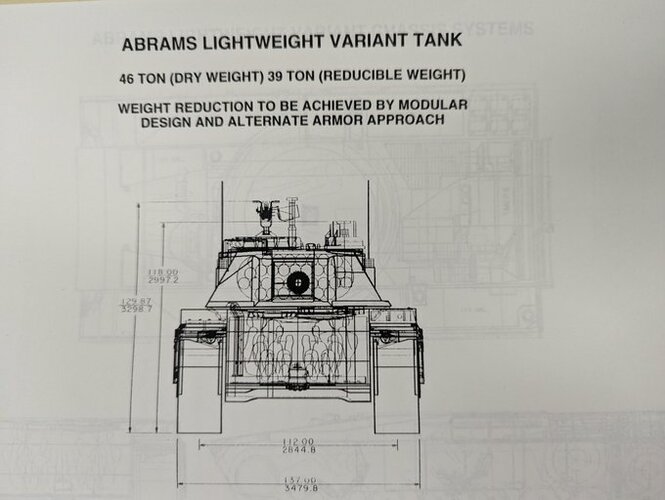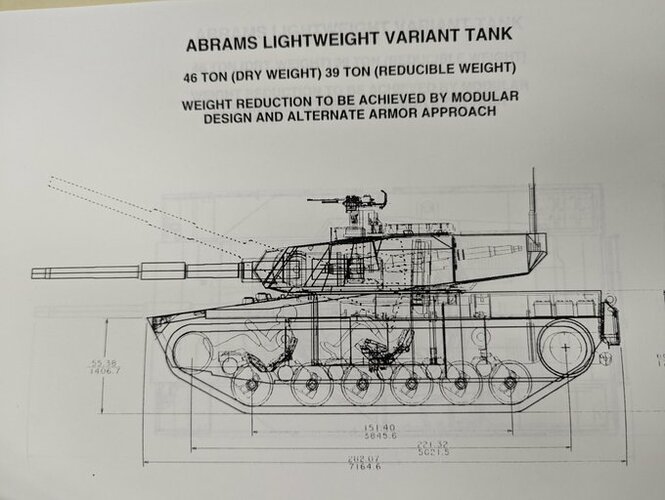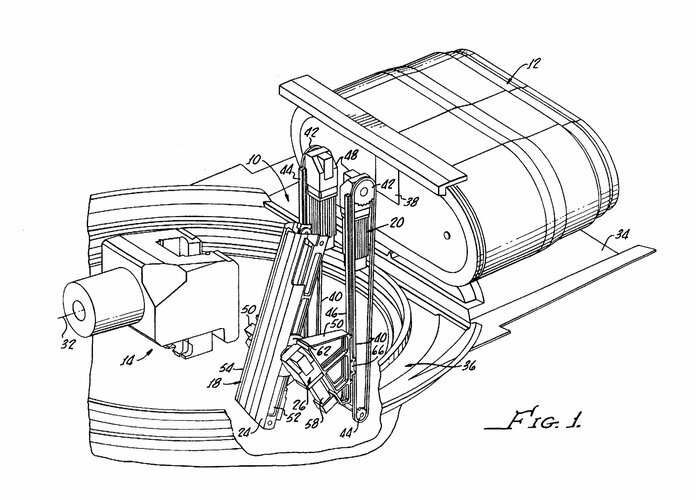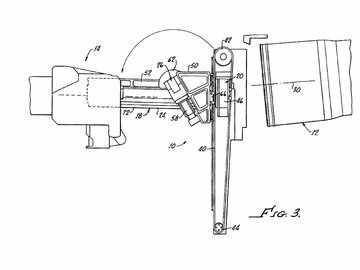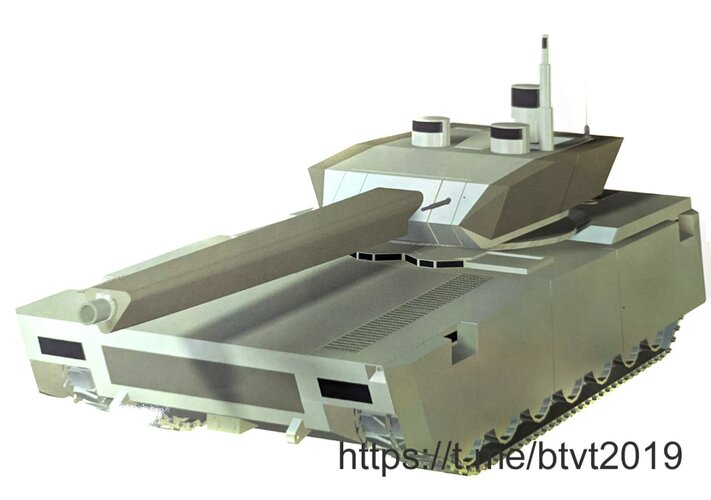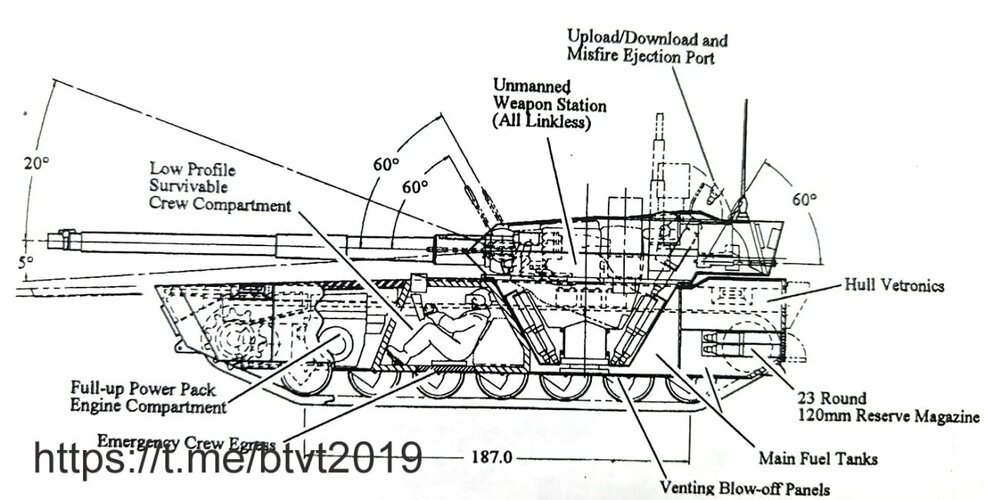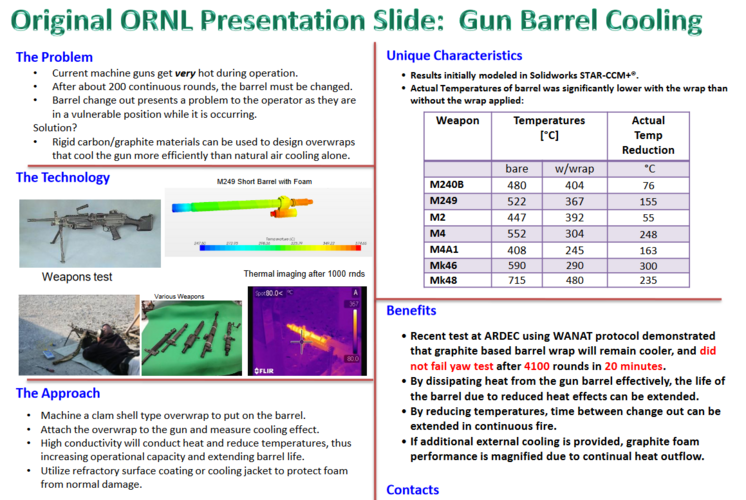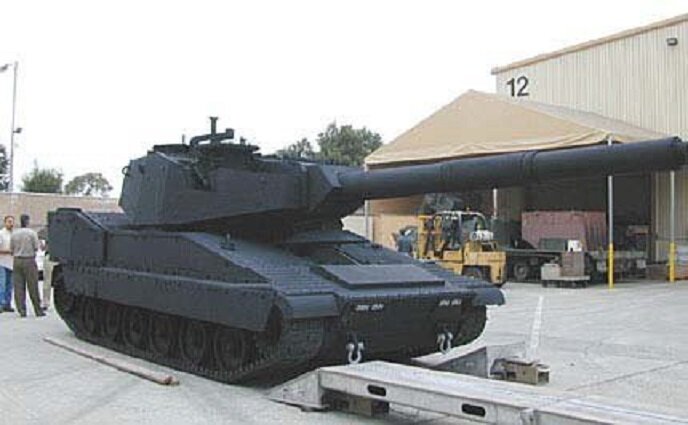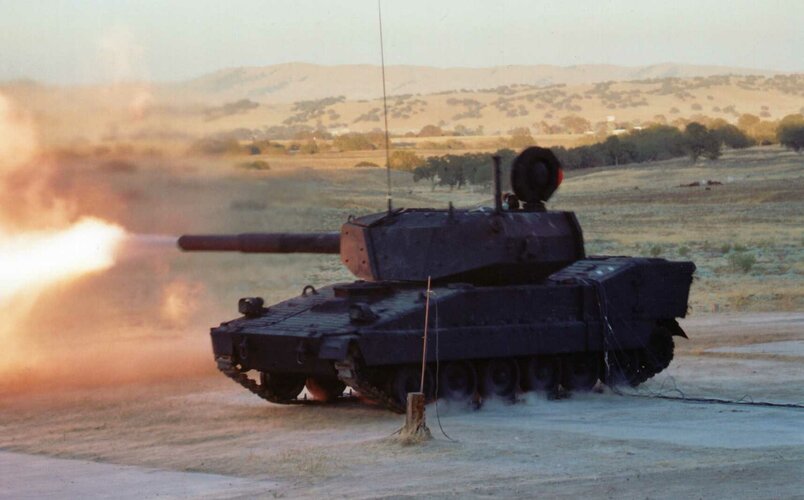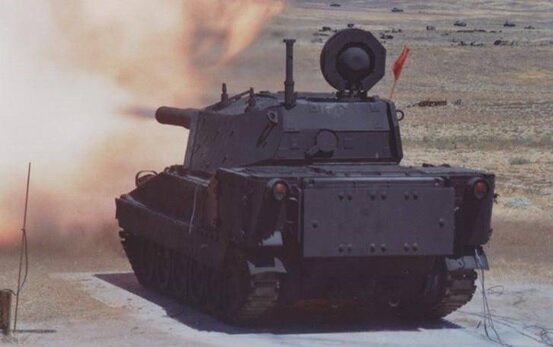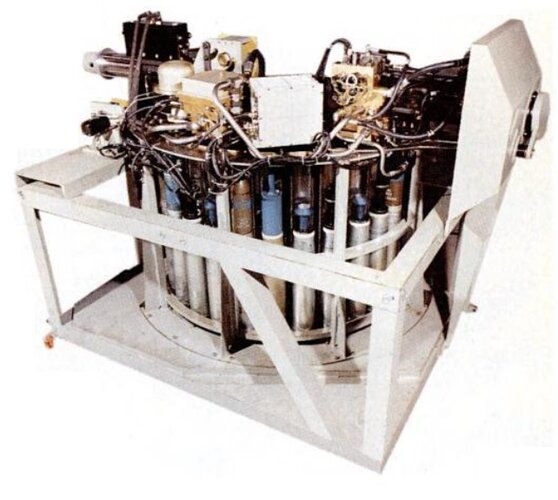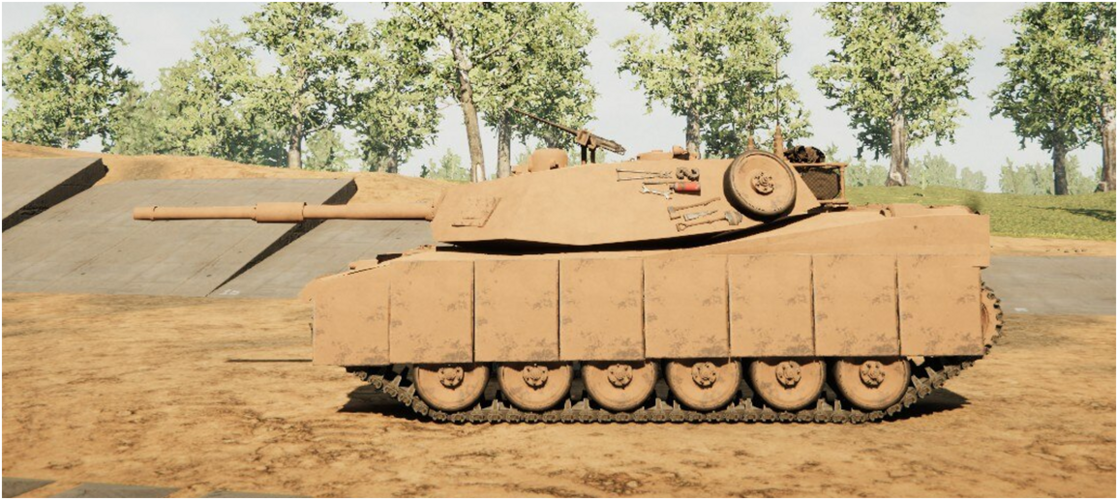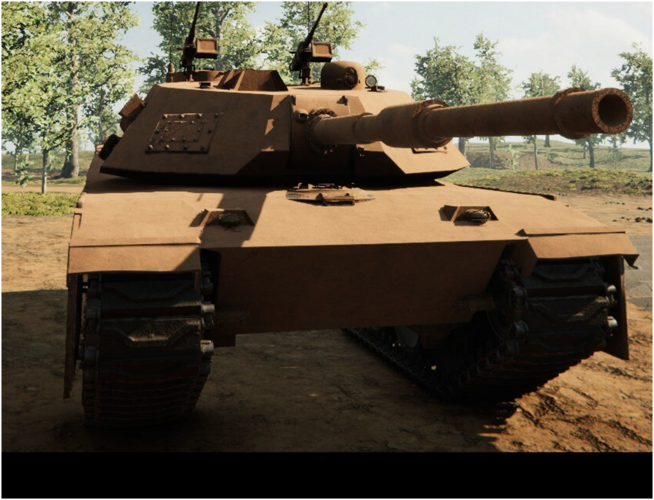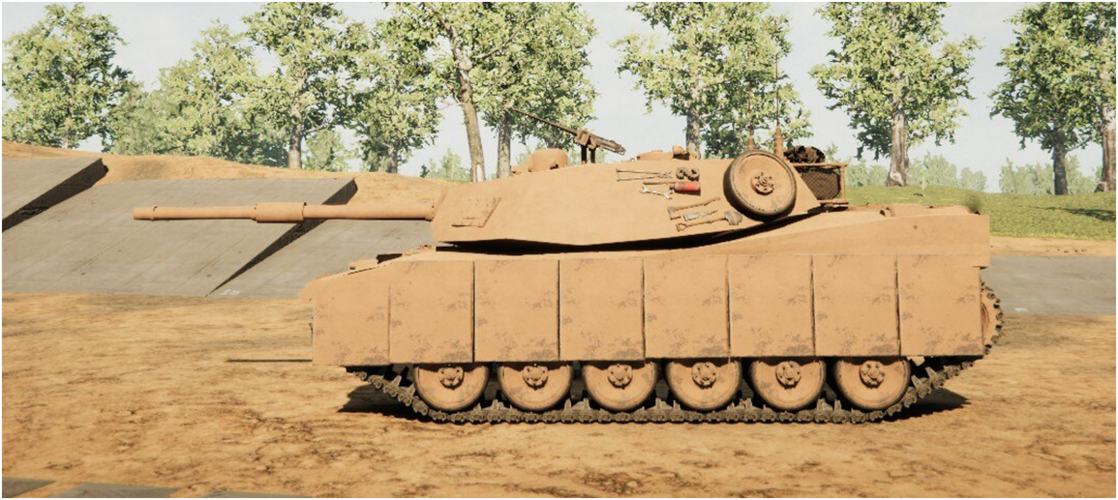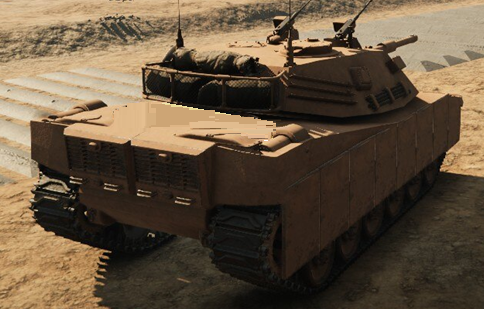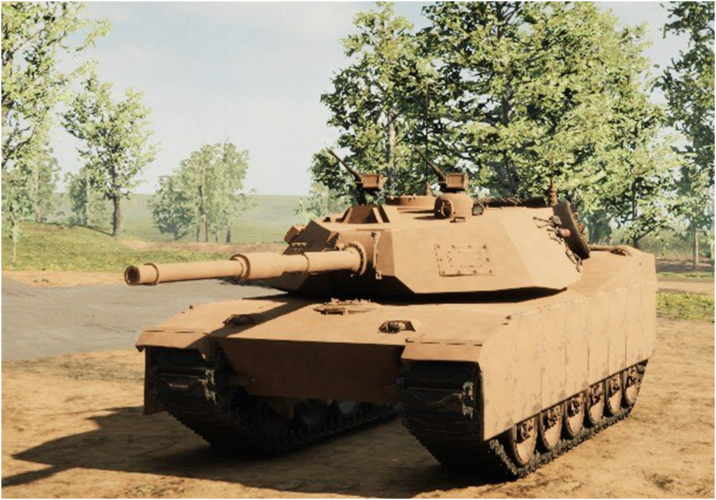I meant ammo expenditures for 2d ACR's tanks in ODS. I don't know what the British were shooting.
2d ACR weren't firing full ammo loads. It was closer to half between resupply periods. Which jives with the NTC ammo expenditures where M1s expend about 10-12 rounds per combat phase of training. Since ODS represents about the absolute state of tank on tank violence, being that one side so lopsided engaged and killed a multitude of targets, you probably aren't going to exceed ammo expenditures of that type, nor at the NTC, which tries to replicate portions of ODS. During NTC tanks usually expend 10 rounds in a offensive phase and 11 rounds in a defensive phase, which is half the main gun storage, before being resupplied or at the end of a day.
A future M1 could get away with a single belt/ribbon autoloader of 24 rounds with two natures of ammo: sabot and high explosive/AMP and not be too worried about ammunition use I think. This would definitely free up more space for armor or fuel or whatever.
The only question here is how much more commonly do M1s engage infantry targets in strongpoints with main gun rounds while supporting troops in infantry combat I guess. No one actually knows this answer AFAIK, but OIF didn't see an appreciably higher 120mm ammo use. It was an order of magnitude less 120mm ammo fired despite the deployed ground forces being closer to 1/4th.
Clearly the expenditures of main gun rounds proportionate to tanks in action has been diminishing, despite intensification of urban combat, so I don't think that urban fighting appreciably increases the amount of ammo used, as OIF saw a good amount of it in Baghdad, certainly more than Desert Storm.
View attachment 673426
View attachment 673427
As far as historical data goes it's probably fine to use this.
The study itself is kind of useless IMO because the author commits several bad statistical problems but it's a student's master's thesis for the military equivalent of a general education degree, not anything groundbreaking or important, so glaring errors can be forgiven I guess (he thinks you can cut the number of ammo trucks used in ODS by 80% because "they only shot 20% of the ammo they had on hand" as if it was evenly distributed across all wagons [which he notes himself lol]); the data itself, not the conclusions, is mostly sound though.
tl;dr History says that M1s have too many main gun rounds and probably too few machine gun rounds. This is similar to the Vietnam experience, where Pattons routinely ran out of ammunition for the machine guns and had to expend main gun rounds on infantry formations. It's partly why the M1 has almost double the .30 caliber ammunition load of an M48 or M60, but even that seems to be not enough.

